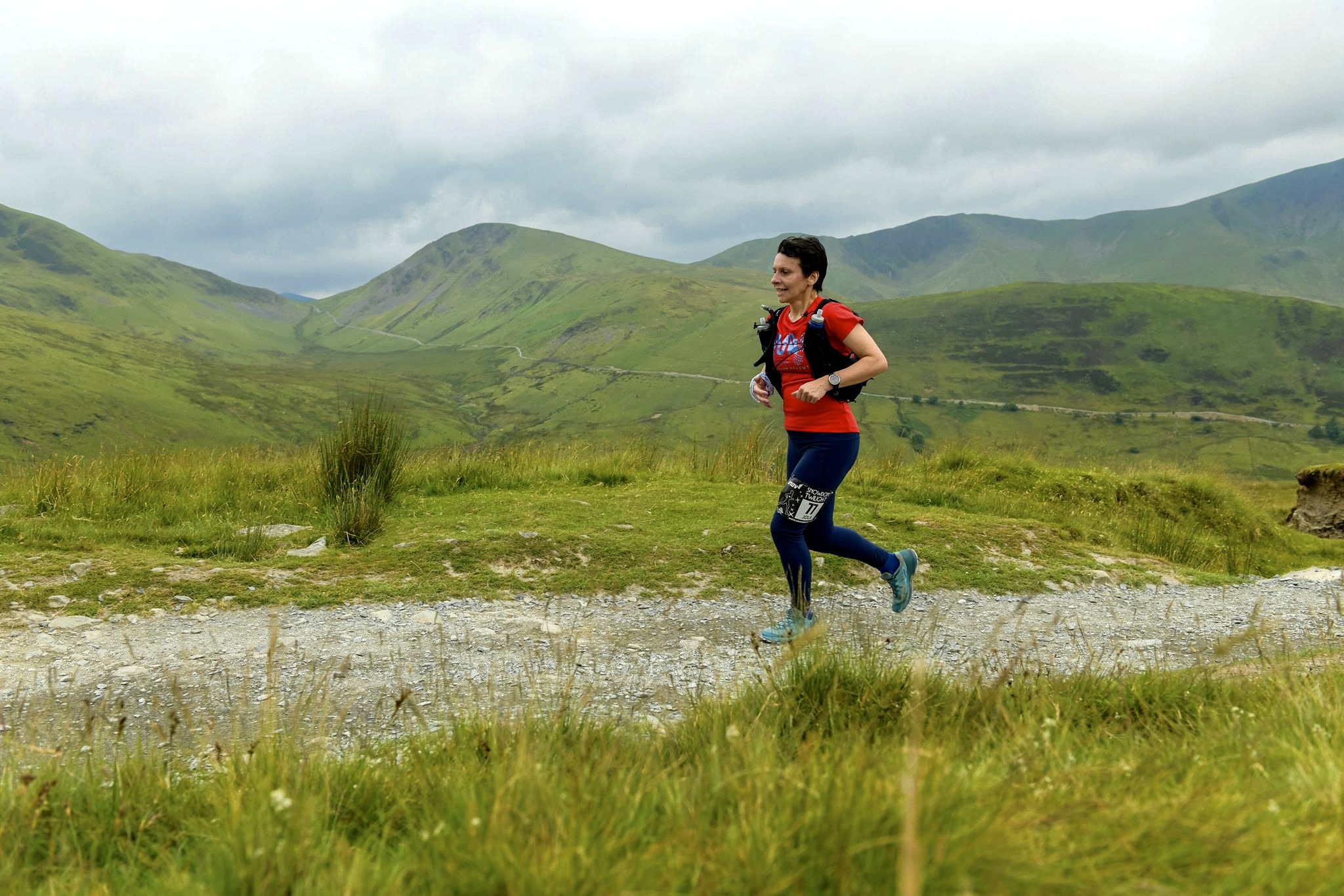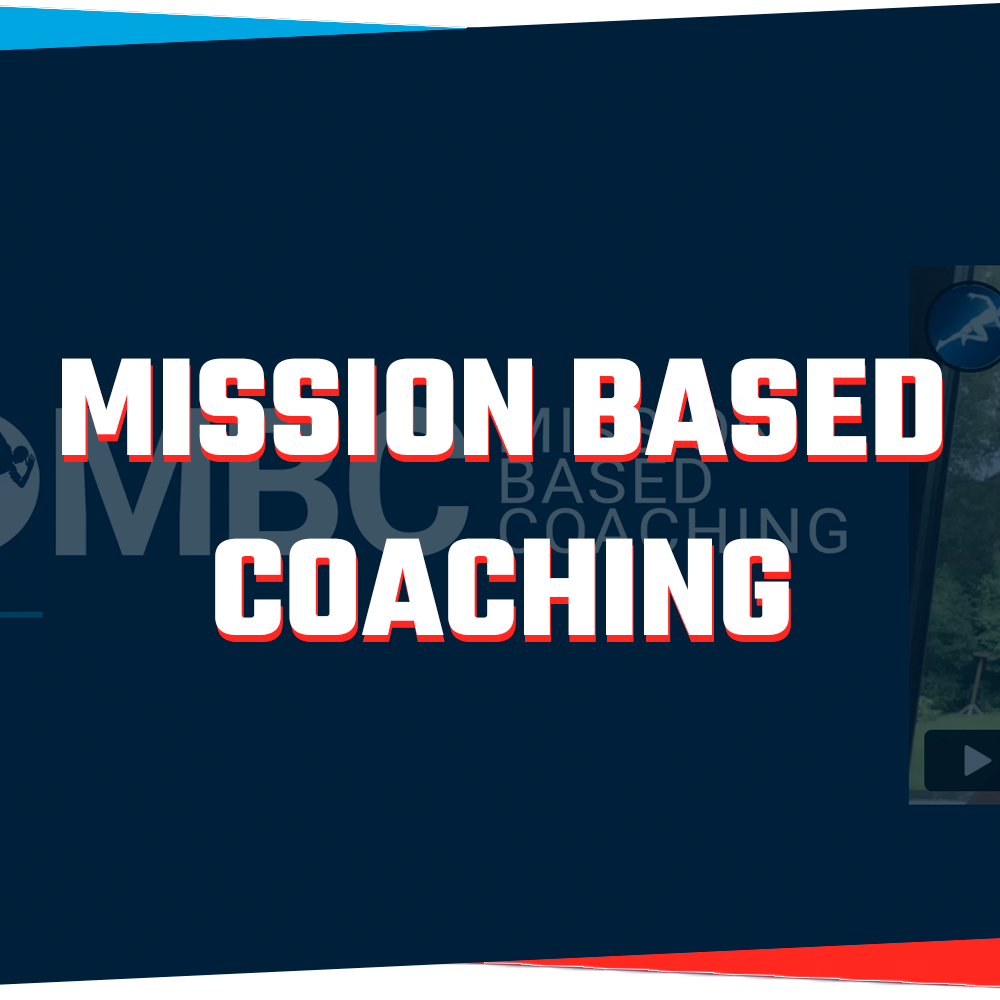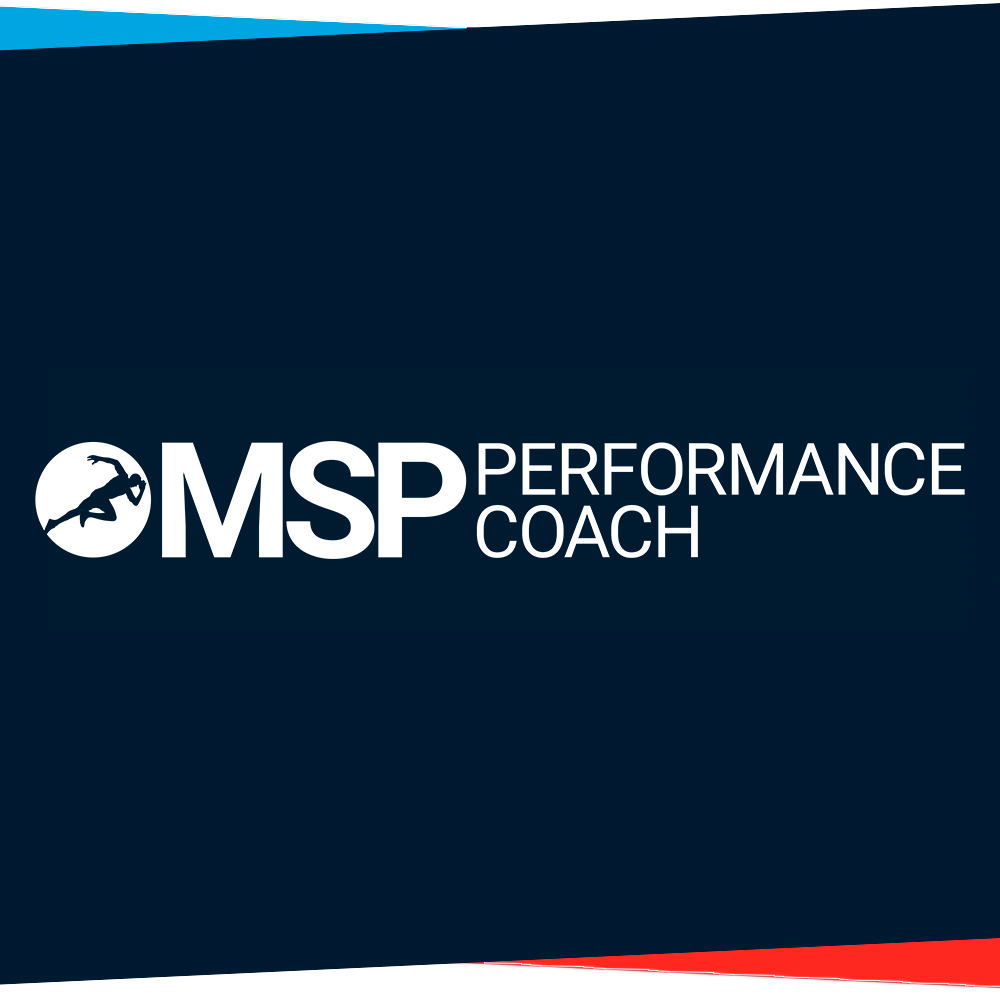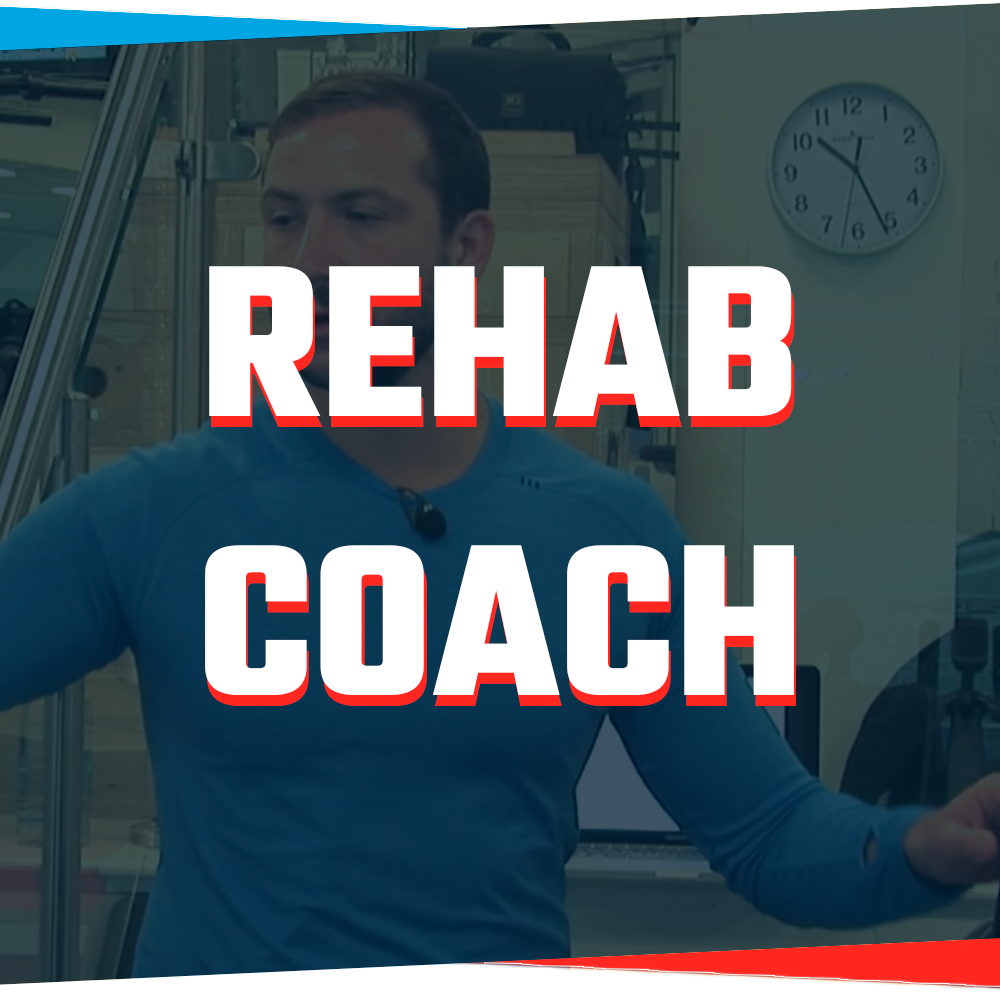Strength and Conditionings Role in Mountain Runners: Student, Jola
It’s 9am on Saturday 2nd July, Snowdonia has seen its worst weather in a good few months, but that doesn’t deter a group of individuals at the start line of the Ultra Trail Snowdonia 50. Ahead is 50km of rugged mountain terrain and 10900 ft of climb, that’s an average of 200 ft per kilometre. Of course, many months of running, hiking, hill reps and course recce’s have taken place, but what role has strength and conditioning taken to get Jola Zwaizek in tip top condition and ready to face this challenge which is now the only UK entry race for the UTMB.
Trail Run West Midlands Coach, Andy Pye has coached Jola for approx. 4 years, a qualified UKA fell running coach, UESCA Ultra running coach and L4 S&C coach, based near Birmingham, Andy coaches in his spare time to help runners gain confidence off road and realise their potential, using Strength and Conditioning as an important focal point.
Typically, Ultra runners will run, run more, hike, and run some more, mileage is important, but with this amount of repetition, the risk of injury is very high.
N. Malliaropoulos et al conducted a study in 2015 called Prevalence of injury in ultra-trail running. The purpose was to find the rate of musculoskeletal injuries in ultra-trail runners (UTR), and by using forty UTR they found 90% had at least one running related injury, and a total of 135 injuries were reported, overuse injuries and lower back injuries were most common.
Due to this I wanted to ensure that Jola could get the miles in, but also be strong, efficient, and conditioned for the event. A lesson learnt from competing in the Gower.
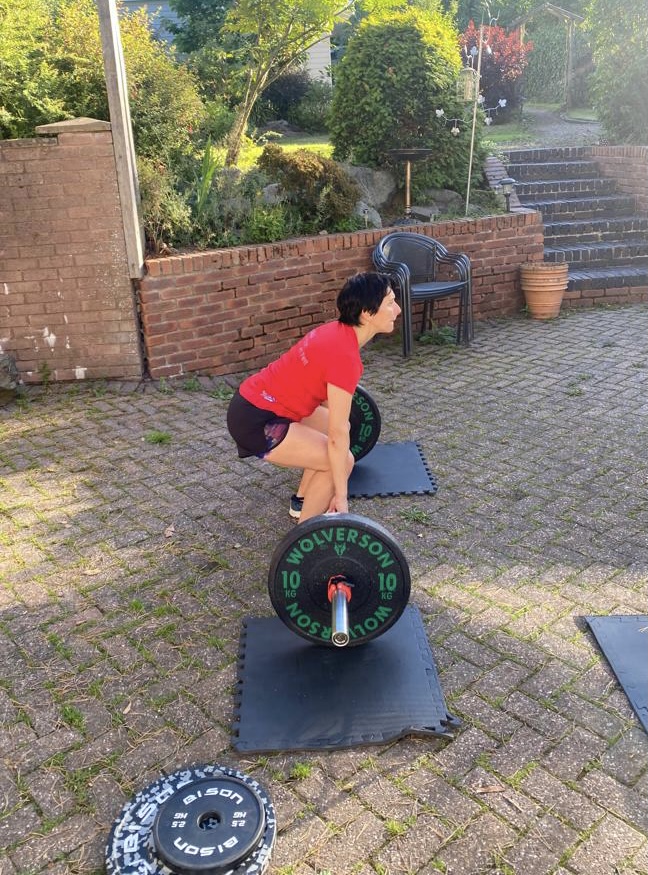
Jola – ‘Gower race was my first off-road race, so it was very different, and I took preparation for that race very seriously. It was out of my comfort zone to sign up for that race, but the desire to experience running on the trials with a significant incline, for me at the time, was stronger than fear.
I didn’t know what to expect from this race. The weather on the day was horrendous. It was raining for a good half of the day, so a significant portion of the race involved running in mud. I had a few emotional moments throughout the race admiring the beauty of the coastal path and noticing the moment of making my dreams come through. I hit the wall at mile 20. Before this race we hadn’t done much weight training, this was about to change.
Lifting weights with Andy has been a relatively new form of training for me as Andy introduced it into my training plan at the beginning of 2022. I love seeing my progress from session to session and overcoming those invisible barriers in my head each time I pick up the bar. It is all specific, relevant and I have noticed so much improvement in my technique and power on the hills.’
Jola works full time, in a high demanding job role, so finding time was crucial, weekends would be spent getting the hiking and long distance runs in, so the weekdays would be utilised for everything else, that included recovery, although every 4 weeks was an easier week and a day off at the weekend for a complete day off. It was also explained that if she was more tired than usual, to take an extra day off, a missed session every now and again wouldn’t impact the training. But where did her love of the trails come from?
Jola – ‘I discovered the joy of training in a group, learned that every hill can be conquered with the correct techniques, uncovered beautiful and hidden trails on the Lickey and Waseley Hills and quite quickly built confidence to run them.
One of the most valuable lessons that I’d learnt at this point from Andy was that trails, including those hilly ones, are not just reserved for God-like looking athletes in bright coloured running shoes. For a long time, I thought that I was not cool enough, strong enough or fast enough to be able to run trails, Andy dispelled this.’
Richard Blagrove in his book, Strength training for runners, talks about the importance of bilateral and unilateral strength, and a strong core, thinking about the impact of downhill running (Jola would also be running 10900 ft downhill too), the evidence suggests this is where she would be more likely to get an injury, and most of the damage to the muscles would occur.
Jane Mickleborough et al conducted a study on muscle damage during downhill running. One of the most noticeable effects of downhill running is a loss in acute strength, so this also had to be factored into the training. As important as uphill reps are, so are downhill.
Jola was quite new to weight training, but it was refreshing to see how keen she was to learn and progress. I adopted a periodised strength plan, starting with hypertrophy training, utilising the big movements, squats, deadlifts, lunges, step ups, core work, predominantly anti rotation, plank variations, pallof holds and press, and upper body exercises.
I also got her to get all the kit required for the event, pack it and train with it. My idea was that this, with the core exercises, will help to reduce the risk of lower back issues.
Jola – ‘Even though my running miles increased significantly since lockdown, I’ve not had any injuries since 2019 when I twisted my ankle. This year I completed my first proper mountain race UTS 50 KM in Snowdon and I have to say that I was very surprised how quickly my body recovered from that race’
One surprise to some ultra-runners I know, was the inclusion of cleans and high hang pull into her training. What relevance does Olympic lifting have to an ultra-runner? Gillen Z et al conducted research on neuromuscular recruitment in endurance runners being improved with explosive strength training, and with running also being a triple extension movement, I thought it would be ideal to include.
Weightlifting wasn’t the only form of S&C we did, resistance bands and body weight exercise were conducted once a week to target the glutes, ankles, and calves.
So, what was the result of her training? She finished the event in a very respectable 10 hrs almost to the hour, 37th female, and 6th FV40, and even better, no DOM’s following the event, and able to continue training for her next event only a week later, and entry into the UTMB lottery.
She isn’t the only ultra-runner I have successfully coached and still felt strong afterwards, so consider this…. reduce the weekly running a bit and include Strength and Conditioning. More strength, more power, more efficiency, less risk of injury, better biomechanics, and a happy runner, from a newly qualified strength and conditioning coach, changed the way I coach for the better.
